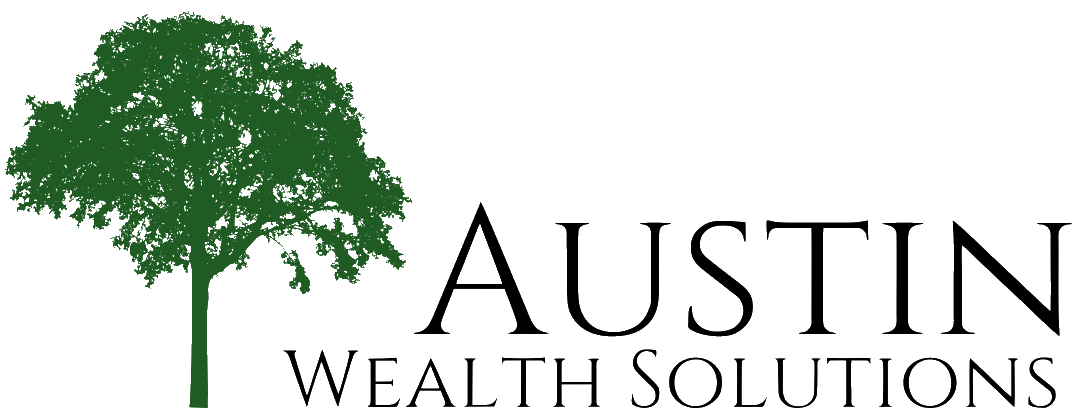As the end of the year approaches, now is the ideal time to review your finances and take advantage of opportunities that may reduce your tax burden. Many tax-saving strategies must be implemented before December 31, and waiting until tax season often means missed opportunities.
With some thoughtful planning and timely action, you can potentially lower your 2025 tax bill while also strengthening your long-term financial plan. Below are several key year-end strategies to consider.
Maximize Retirement Contributions
One of the most effective ways to reduce taxable income is by contributing to tax-advantaged retirement accounts. Contributions to traditional retirement plans generally reduce your taxable income dollar for dollar.
If you participate in an employer-sponsored retirement plan, such as a 401(k), increasing your contributions before year-end can significantly lower your current tax bill while boosting retirement savings. Contributions to employer plans must be made by December 31 to count for the current tax year.
For individuals with IRAs, contributions may be allowed up until the tax filing deadline, but planning ahead can help ensure you stay within contribution limits and choose the most appropriate account type.
Take Advantage of Tax-Loss Harvesting
If you have investments in a taxable brokerage account, year-end may be a good time to review your portfolio for tax-loss harvesting opportunities. Selling investments that are currently below their purchase price can help offset capital gains realized earlier in the year.
In some cases, investment losses may also be used to offset a portion of ordinary income. While tax-loss harvesting can be a valuable tool, it’s important to consider your overall investment strategy and avoid decisions based solely on taxes.
Accelerate Deductible Expenses
Timing matters when it comes to deductions. If you expect to itemize, paying certain expenses before December 31 may allow you to claim the deduction sooner rather than later.
Common deductible expenses include mortgage interest, property taxes (subject to limits), medical expenses that exceed a certain percentage of income, and qualifying education costs. Reviewing these expenses now can help you decide whether accelerating payments makes sense.
Make Charitable Giving Part of Your Tax Plan
Charitable giving is another area where thoughtful planning can create both financial and personal benefits. Cash donations to qualified organizations are typically deductible if you itemize.
For those who give regularly or in larger amounts, donating appreciated securities or using a donor-advised fund may provide additional tax advantages. These strategies can allow you to support causes you care about while potentially reducing capital gains taxes and taxable income.
Review Your Tax Withholding and Estimated Payments
Unexpected tax bills often stem from incorrect withholding or underestimated quarterly payments. A year-end review of your paychecks, bonuses, or self-employment income can help ensure you’re on track.
Adjusting withholding or making an estimated payment before year-end may help avoid penalties and reduce the risk of an unpleasant surprise at tax time.
Use Health Savings Accounts (HSAs) Wisely
If you’re eligible for a Health Savings Account, it can be one of the most tax-efficient tools available. HSA contributions are tax-deductible, the funds grow tax-free, and withdrawals for qualified medical expenses are also tax-free.
For many individuals, HSAs can serve as both a healthcare and long-term planning tool, especially when funds are invested and allowed to grow over time.
Explore Business-Related Tax Strategies
Self-employed individuals and business owners often have additional opportunities for year-end tax planning. This may include purchasing equipment, taking advantage of depreciation options, or contributing to specialized retirement plans designed for business owners.
Evaluating income, expenses, and cash flow before year-end can help identify strategies that align with both tax efficiency and business goals.
Consider the Timing of Income and Expenses
In some situations, shifting the timing of income or expenses can help manage your tax bracket. Deferring income into the next year or accelerating expenses into the current year may reduce overall taxes, depending on your financial situation.
This strategy is especially relevant for individuals with variable income, bonuses, or commissions.
Year-end tax planning isn’t about last-minute scrambling—it’s about making informed decisions while you still have time. Small adjustments made before December 31 can have a meaningful impact on your 2025 tax outcome and your broader financial picture.
